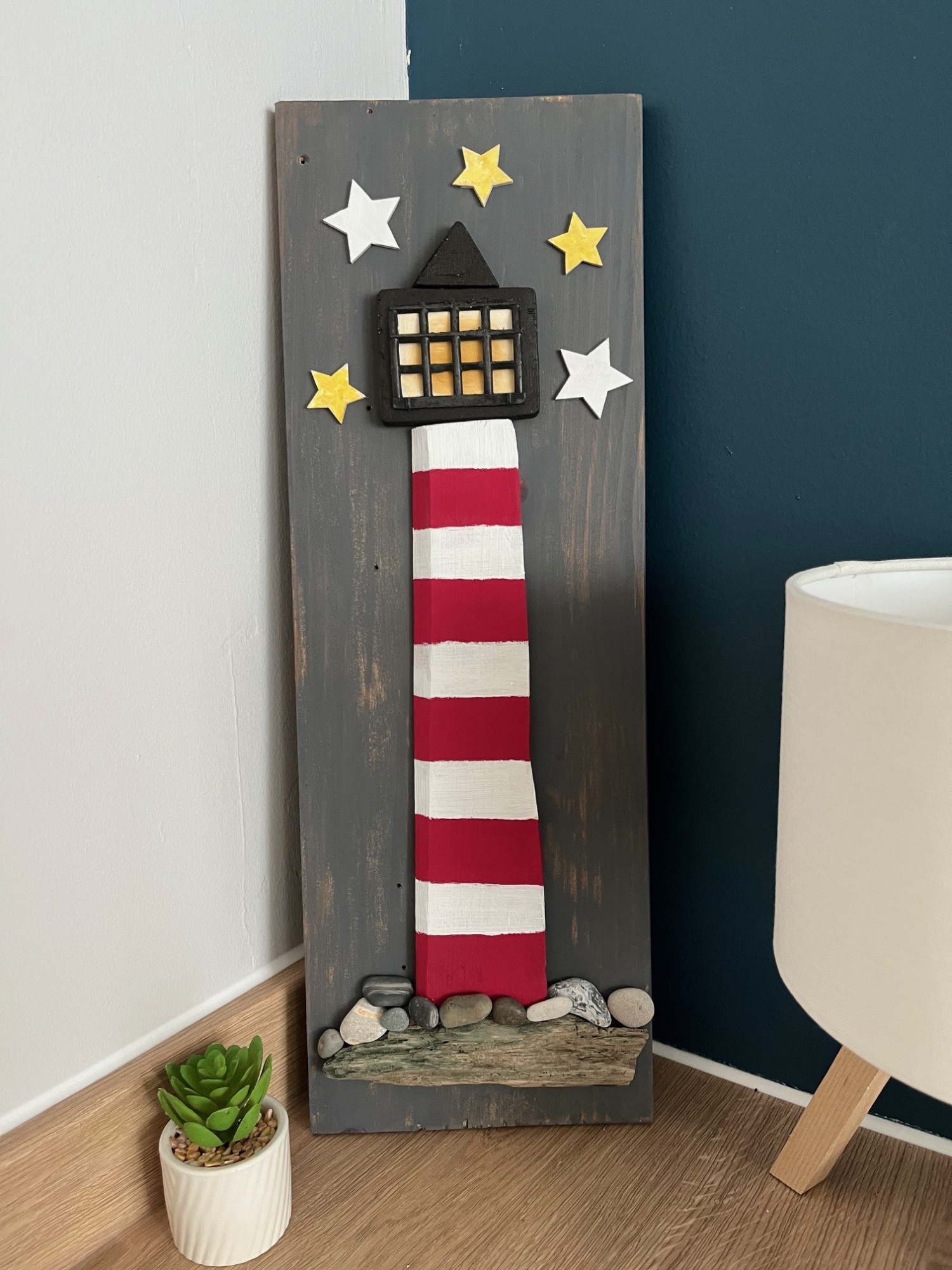The lighthouse
The Lighthouse at Fishbourne Primary School
Having piloted the Lighthouse at Fishbourne Primary we have seen first-hand the impact it has on our little fish who have benefited enormously from the opportunity to learn beyond the classroom. This early intervention enables children to be ‘ready to learn’ when they enter their classroom and provides them with the preparation they need to be able to do so. The aim of the Lighthouse is to enable children to be able to learn alongside their classmates when they are ready and able to be successful.
What is The Lighthouse?
As well as a space for delivering tailored interventions, The Lighthouse at Fishbourne Primary is a place a child can choose to visit any time they’re feeling a little ‘out-of-sorts’ (or feeling great and want to share). Our approach works on the principle that the child is usually the first to know when something doesn’t feel right, so it makes sense to trust their judgement when they say they need a moment to reset, even if they’re not always sure why.
A ‘self-referral’ is the first step in a four-part process which looks like this.
Step 1: Asking for space
Step 2: Identifying emotions
Step 3: Recognising triggers
Step 4: Providing tools/strategies
Working through these steps might take a day, or it could take several months. There’s no expectation or pressure to communicate and each child is different so they’ll each need varying degrees of assistance. However, once a child is familiar with the process, replicating the steps next time will feel more natural. Eventually, they’ll be able to implement strategies for themselves.
How does this help children to become more resilient? When a child feels anxious, sad, annoyed, or just distant and we ask them to carry on, we’re not providing them with the strategies to address their emotions; we send the message that they should be feeling differently without helping them to find the tools to cope. Eventually, the child will learn to suppress feelings and, on the face of it, many of them will seem fine. Others may display behaviours that can adversely impact their learning and that of their classmates. From an academic point of view, that child will not be in the best place to learn. But, more importantly, from a developmental perspective, they miss the opportunity to learn from the experience; they will not have any strategies in place to cope next time they are faced with a challenging situation. The child can keep suppressing emotions, but they will inevitably face a threshold, a situation where this approach no longer works.
What happens at The Lighthouse?
When children arrive at The Lighthouse, they’re encouraged to share their feelings on the ‘feelings board’. Children (and many adults) can struggle to verbally communicate their emotions and we use emojis to do this. It’s a quick and simple way to track how everyone’s doing and work out whether they might need a little extra help. Once they’ve checked-in, what they do next is up to them. They can sit quietly on a sofa, read a book, colour, complete one of our challenges, answer our ‘question of the week’… the list goes on. There are lots of engaging distractions. And, of course, they could choose to talk. The space is designed to be absorbing and comfortable. Everybody visiting The Lighthouse has chosen to be there. The rules of The Lighthouse are that it is a calm and a kind place and by choosing to be there, the child is already communicating that they want to be calm and respect the others using the space. They communicate a little more by using the feelings board and this communication process is further facilitated by the adult in the room but always led by the child. If a child arrives with something to share but the adult isn’t available, they can leave a message knowing the adult will find them later. This is usually enough for them to return to class to engage with their learning. The emotion hasn’t been dismissed, the child has taken the first step to getting help and they can trust that someone will come to check-in.
What else happens at The Lighthouse?
There are also SENDCo-referred groups that deliver activities aimed at helping with a wide range of social, emotional and learning needs. These may include:
Listening and attention, Precision teaching, Social skills, Sensory breaks, Interoception, Laptop skills, Fine motor, Physio.









